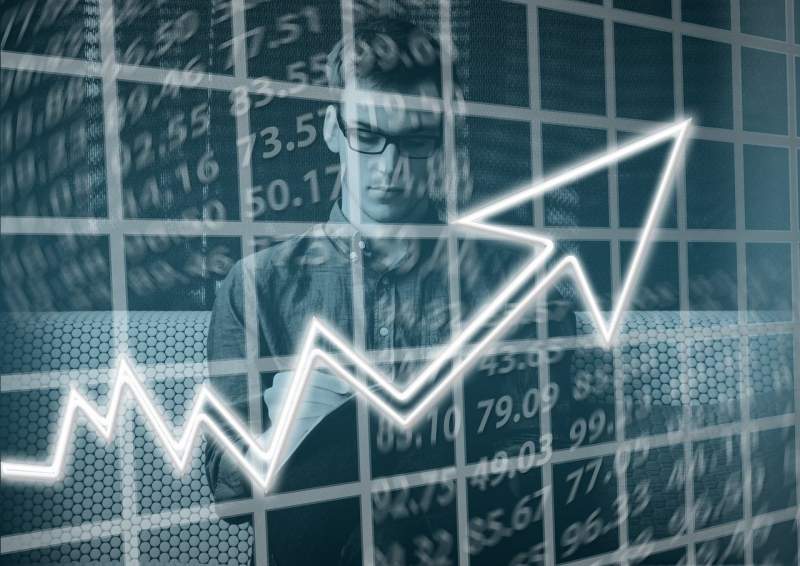In the book ‘Origin of Species’ by Charles Darwin, he notes that – it is neither the strongest nor the most intelligent species that survive but the one that is quick to adapt to changes. The business environment also changes rapidly, and the leaders need to be agile and adept at quick decision-making to ensure organizations’ survival. Businesses today have to navigate a world that is ever so dynamic, cutting across geographical borders, political boundaries and markets.
Markets may be categorized into the consumer market, MRO market and capital goods market based on the type of end-user and product offered.

Types of Market
- Consumer markets mostly end-user markets, i.e. good produced or services provided for the consumption of the ultimate customer. A restaurant chain is an example of a business operating in the consumer market.
- A capital goods market is one where the product/service offered is like an asset. These assets are used by industrial producers (large manufacturers) to generate consumer goods and services. E.g. a business that supplies machinery to another industry, like a beverage company, to be used by them for bottling their product, falls under this category.
- An MRO market (abbreviated for Maintenance, Repair and Operating supplies) consists mainly of products or services used for the proper functioning of the capital goods purchased. These may include spare parts and consumables.
Significance of MRO market
- To Investors
The MRO market is a multi-billion dollar market in the global economy. This market’s end-users include businesses from the aviation sector, the naval vessels sector, steam turbines, defence equipment, FMCG (Fast moving consumers goods) machinery, etc. The products offered ranges based on utility such as industrial supplies, electrical and pneumatic supplies, consumables such as oil and lubricants etc. According to a press release on openPR, the MRO market would grow at 4.40% for a forecast period from 2021 to 2028. - To Users / Buyers
Users’ significance arises from the fact that even if their unit purchase value is small, they form an indispensable part of performing essential functions. Any shortage of these products can bring the entire production process or service line to a grinding halt, resulting in revenue loss. Their cost is also considerably affected by trade wars, tariff impositions etc.
Procurement function explained
Procurement in its rudimentary form may be explained as the function of purchases in a business. However, modern concepts of procurement have more comprehensive applications than just purchases. Procurement is the process by which the business requirements are met systematically and strategically to maximise value and minimise cost. The procurement process usually consists of market research, the invitation of tenders, competitive bidding or obtaining quotations, quality checks of samples, supplier analysis, vendor management and payments. The procurement objective is to ensure the optimal use of resources and ensure the best efficacy in the process.
Risks and rewards of Market Intelligence
Market research leads to market intelligence, i.e. gathering data by the buyer on parameters such as pricing of the product, availability of suppliers, supplier capabilities, compliance / licensing requirement, etc. The business leaders can comfortably leverage the risks associated with these decisions with information gathered above and proper analysis of the same. For example, the risk of stock out can be avoided by supplier benchmarking, which helps the procurement manager understand all suppliers’ reliability, quality, and resourcefulness.
Future of Procurement
Procurement functions in most medium to large scale organizations are computerized within specialized software or ERP, which ensures ready availability of basic data. However, data in itself does not provide any intelligence to business leaders in its raw form. Data analysis is a cumbersome process wherein dedicated personnel must dive deep into the data and use analytical procedures to derive meaningful information. Insights derived from there are then visualized using appropriate tools such as charts and graphs for the decision-making process.
The collection, analysis and presentation of meaningful information from data are long, drawn-out processes. However, businesses today are at the dawn of revolutionizing these processes with machine learning and artificial intelligence. Artificial intelligence helps in automation, helps gather data as per the tailor-made parameters, risk, and other analysis. It helps achieve business goals faster and with minimal involvement from other personnel.
The procurement process’s future is one wherein leaders sit back and only engage in final decision-making while computers perform all the other work. The ease that it brings up will be unparalleled, and future generations will reap the benefits brought about by this new advancement.
 Infographic Portal New Infographics Resource Portal
Infographic Portal New Infographics Resource Portal
